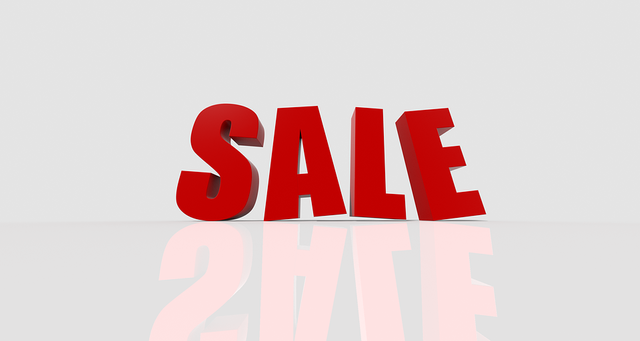THE PROFITS in sales versus the monetary DEVALUATION.
Every time there is an accelerated and sudden increase without any economic indication other than speculative, traders in Venezuela automatically state that they are selling at a loss, all because they use an indicator of the dollar that is not proper to their country, having the official reference of the BCV.

On the other hand, we can point out that all prices are dollarized, therefore every time this scenario of an increase in the dollar of 5%, 8%, and even 10% in one day occurs, and the next day it goes down by some percentage as well, the mentality of the businessman is that he is going to lose his capital.
So I ask myself this question, if I buy the merchandise in dollars, and I increase up to 30% profit as the laws in Venezuela say, then why should the merchant say that he is selling at a loss.
The main reason is that, without a doubt I will not get the same profit that was 30%, of course some merchants increase the merchandise much more than allowed and also do not give you an invoice, that is to say they will not elaborate a commercial document where the buyer can use the tax credit for the purchase made, therefore they are evading taxes and get more profit for the VAT (sales tax) that they will not declare.

So even though they will not be able to earn the 30% profit they will obtain, which contradicts their theory of selling at a loss, this situation leads to hoarding on the part of the merchants and the population due to the lack of products begins to loot as we have already witnessed in some states of the country.
Therefore, there is no doubt that by increasing the dollar, the currency of any country with a dollarized economy will lose purchasing power, but the profit margins may fluctuate as long as there are increases and decreases in the value of the currency, but they will not have sales at a loss because it will allow them to adjust the percentage of profits.

To conclude I want to share an example of what I am trying to explain:
Cost of goods 1,000 + 30% profit: $1,300.
Cost of goods 1,000 + 30% profit -10% devaluation: $130: $1,170.
We still have profit to be able to buy back the product without injecting capital.

hello @dgalan,
one of the things that few people know is that in Venezuela the price of the articles is tied to many factors, for example if a merchant buys a merchandise valued at $100 and then sells it for $120 we would all think that the merchant earned $20.
in venezuela this is not true because there are factors that make the merchants buy a merchandise at 100$ and sell it at 120$ and when they need to replenish inventory the replacement of that inventory will cost them 200$ making the sale a waste of time and money.
greetings @trabajosdelsiglo
there are no clear elements in the Venezuelan economy and we are eating each other.
@tipu curate
Upvoted 👌 (Mana: 2/6) Get profit votes with @tipU :)
Thank you for your support
Hello @dgalan, your explanation is clear and perfect and the mathematical example you share with us is the most logical answer, they can still continue buying more merchandise only with a lower profit margin but it cannot be said that they are selling at a loss.
However, the logic of the Venezuelan merchant has neither head nor tail.
greetings @tocho2
I share your opinion in relation to traders, I hope it changes the economic logic.